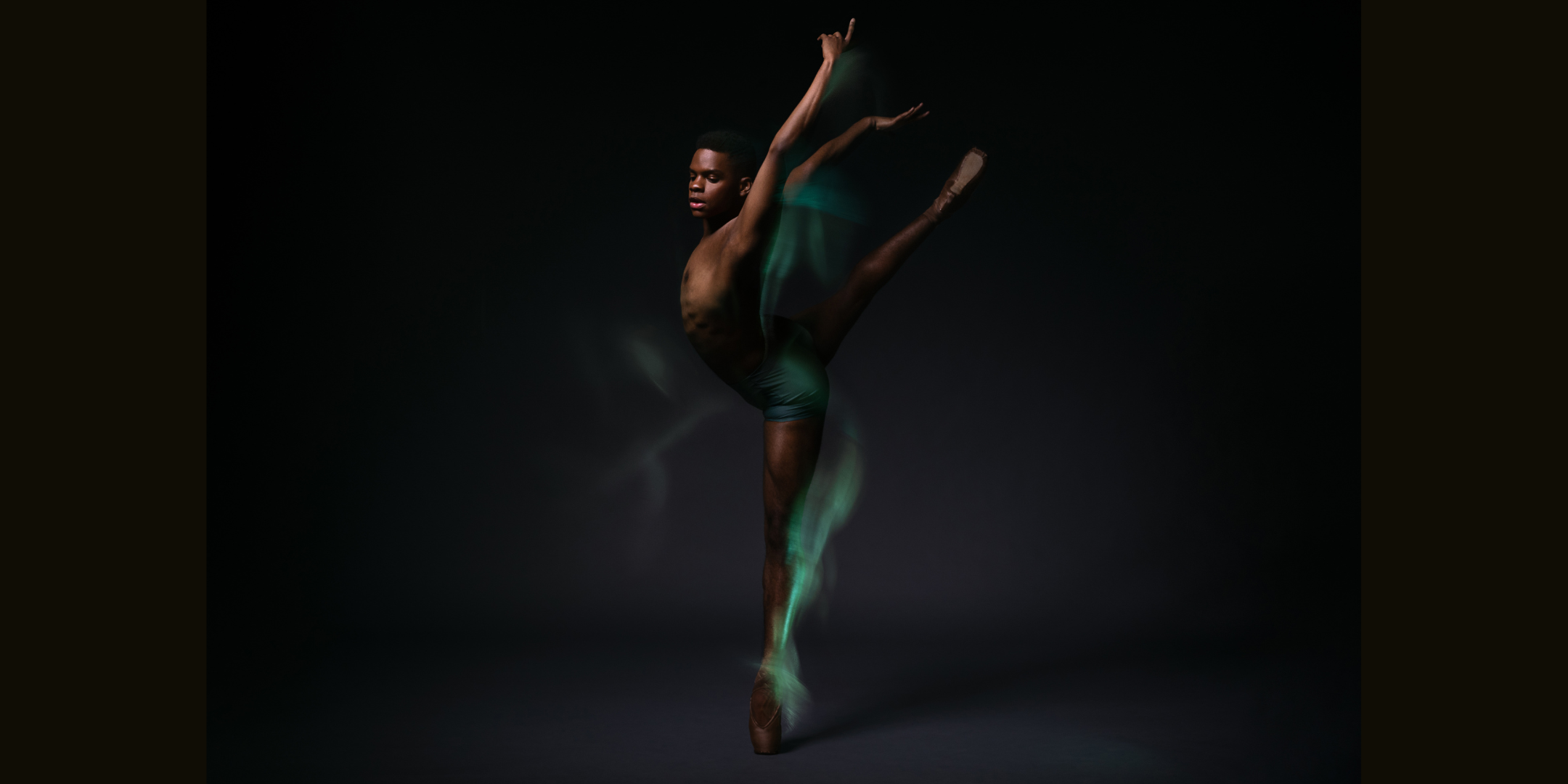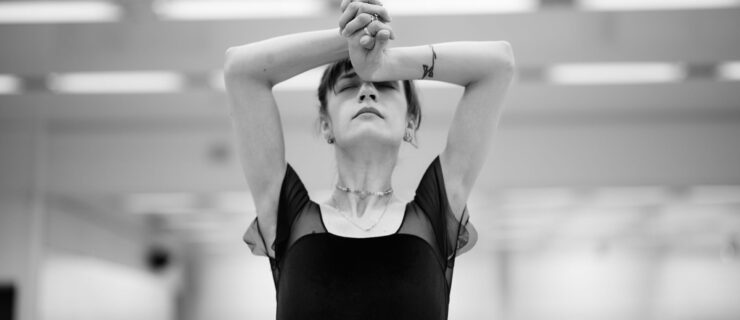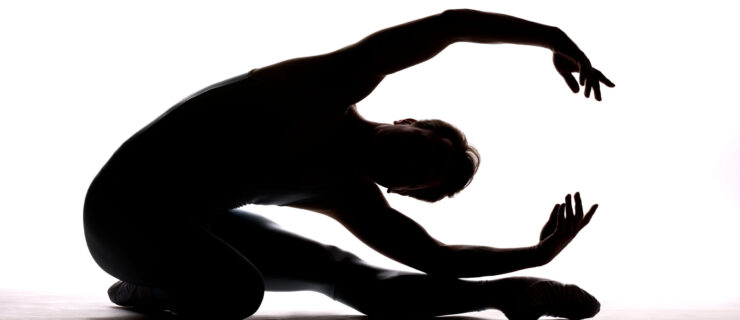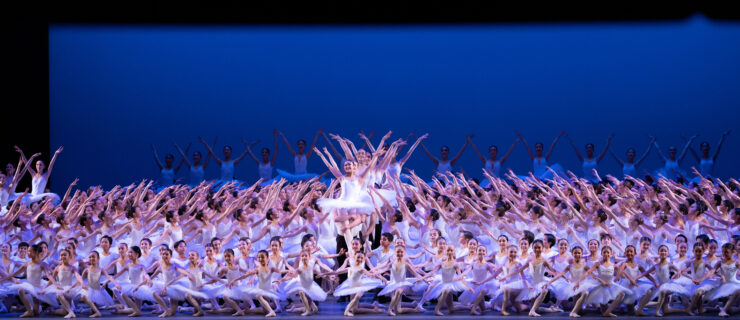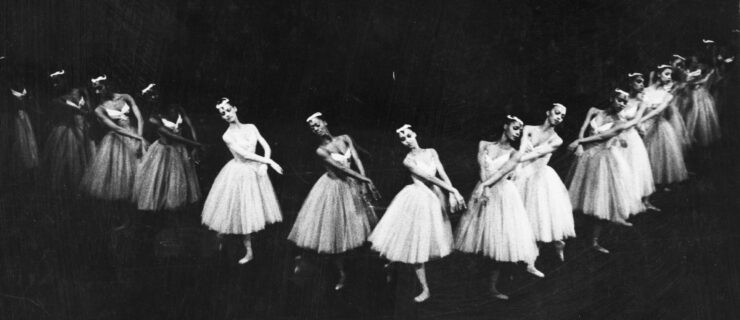Ballet22 Transcends the Ballet Binary in Momentum
Summer is a season of creative freedom for ballet dancers, with festivals, side companies, and personal projects providing a refreshing change from the regular pace of company life. This summer, Ballet22 offers a rare opportunity: a showcase for nonbinary, queer, and male-identifying artists to perform on pointe—and in their authentic gender identities—in the company’s Momentum program at San Francisco’s Z Space, July 28–29. The varied evening-length bill ranges from Sleeping Beauty’s Rose Adagio and La Bayadère’s Shades pas de trois to contemporary world premieres by Thang Dao and LINES Ballet dancer Lorris Eichinger, an excerpt from Lydia Sakolsky-Basquill’s Pink or Blue,and the “Lullaby” solo from William Forsythe’s Blake Works II.
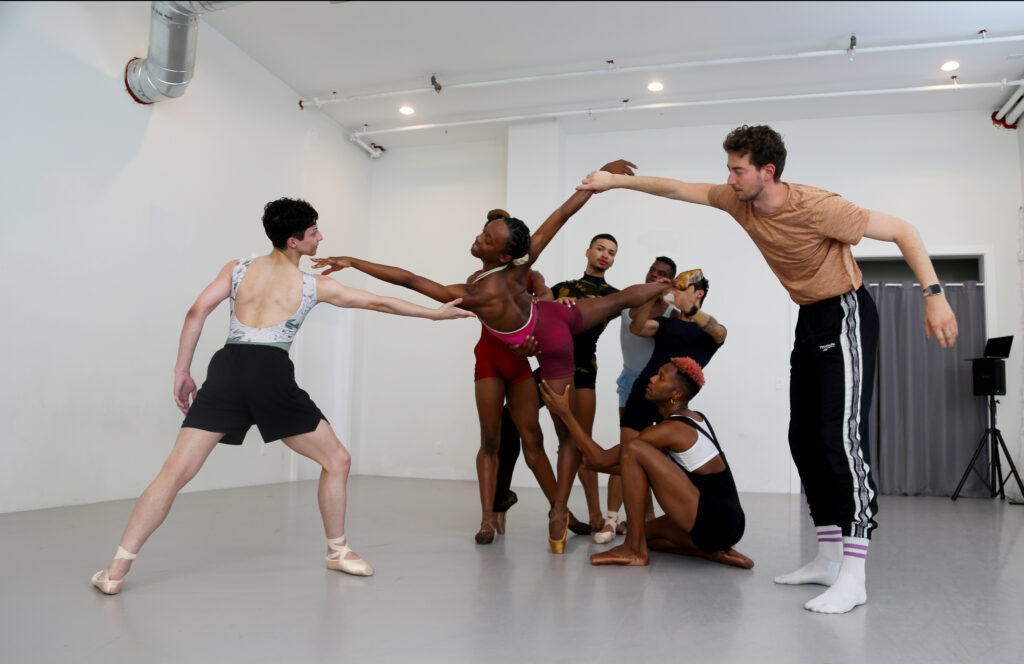
Ballet22 welcomes all identities and orientations, so it’s only by a fluke of scheduling that Momentum features the most queer and nonbinary artists the company has yet represented in a single cast. The roster features powerhouse dancers and leading advocates for inclusivity in ballet: Ashton Edwards and Zsilas Michael Hughes of Pacific Northwest Ballet, former Les Ballets Trockadero de Monte Carlo member Duane Gosa, Metropolitan Opera Ballet artist Maxfield Haynes, Boston Ballet second soloist Daniel R. Durrett, former Louisville Ballet artist Trevor Williams, and former Ballet Philippines principal Victor Maguad.
“It’s breathtaking to see that much power on pointe,” says executive director Theresa Knudson, who co-founded the company in 2020 with former artistic director Roberto Vega Ortiz. (Vega Ortiz recently departed to focus on his performing career.) “Everyone has their own ferocity and grace,” she says, and the dancers have free rein to express that individuality.
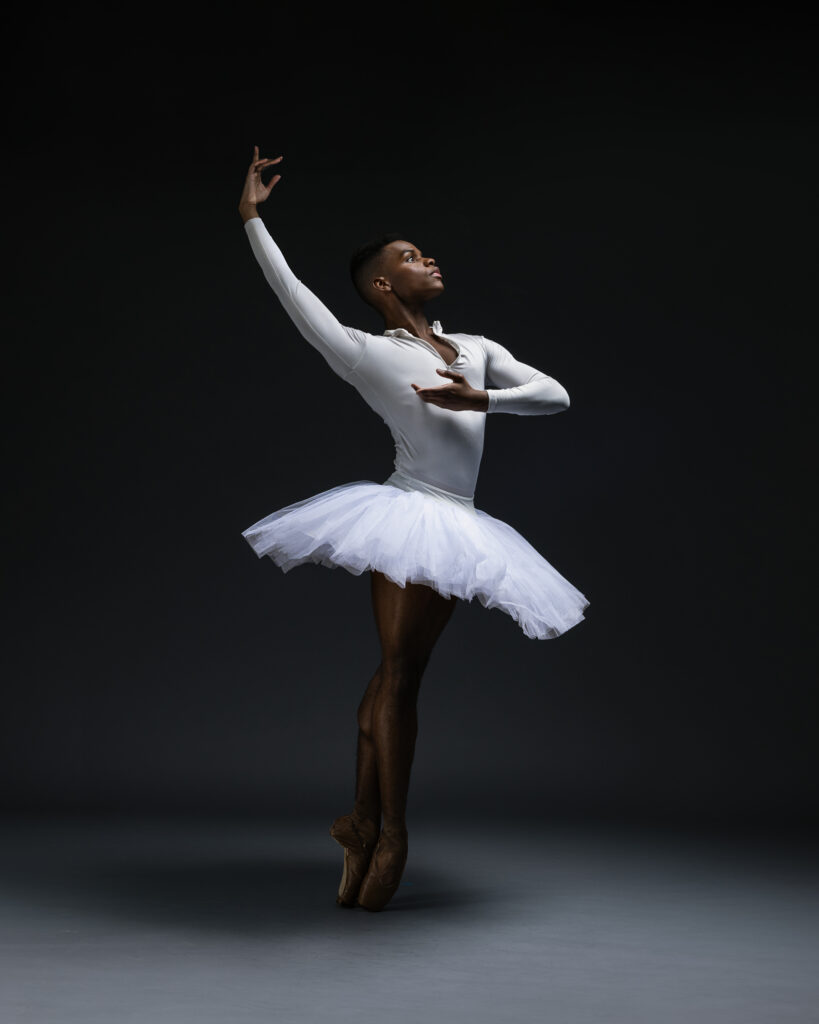
“In a company, you don’t have any say in what you perform. Ballet22 is an open environment, and you have a voice,” says Durrett, who also serves on the company’s artistic advisory committee. “I love working in Boston, and I get to do really good stuff there. Last season I got to be (one of Aurora’s) suitors, and now I’m gonna be in a tutu doing Rose Adagio. You get the best of both worlds.”
The benefits are personal, too. “Ballet22 affords me the privilege of growing on pointe while pushing me to be my most authentic self,” says Edwards, who will dance Aurora’s Act I Birthday Variation solo and a Shades variation, as well as in the two premieres. “It’s been a beautiful process, very loving and welcoming. We have grace and humanity with each other.” And in a predominantly conservative art form, not to mention a political climate that is becoming more hostile to the LGBTQ+ community, “It’s really nice to just be, and be enough,” they continue.
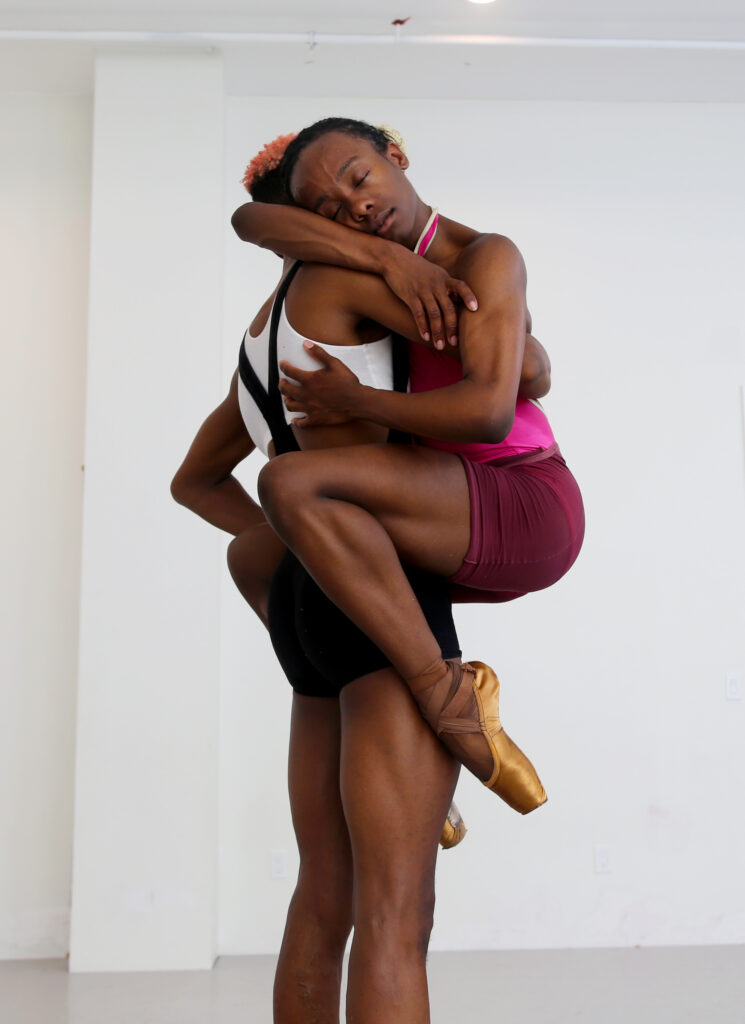
Momentum’s two-week rehearsal process was as much about learning the choreography as about adapting it to the dancers’ range of heights, frames, and individual skills. “I’m doing a variation on pointe for the first time in my life,” says Hughes, whose slate includes the Gold variation from Beauty’s Precious Stones. Some adaptations resulted in innovations: The Precious Stones dancers will double as Aurora’s suitors, “and we’ll be partnering in our pointe shoes and tutus,” Hughes says with a grin.
But there’s more than novelty to Momentum. Hughes and Haynes will reinterpret Lydia Sakolsky-Basquill’s Pink or Blue duet, an inquiry into gender roles that she created for herself and a male dancer, through a nonbinary lens. Dao describes his Études as a “study on movement liberation” that challenges ballet’s binary codes, while Eichinger’s new work, which is not yet titled, celebrates queer intimacy. “I wanted something optimistic and uplifting, with nonbinary individuals dancing together, and men with men, very tender,” says Eichinger, who is also on the artistic advisory committee. “This is normal. This is just us dancing.” And that, says Knudson, is Ballet22’s ultimate purpose: “Seeing the queer community in a way that’s authentic and loving breaks down preconceived notions that are causing people to be afraid,” she says. “The arts give people a window to see that this is okay.”
